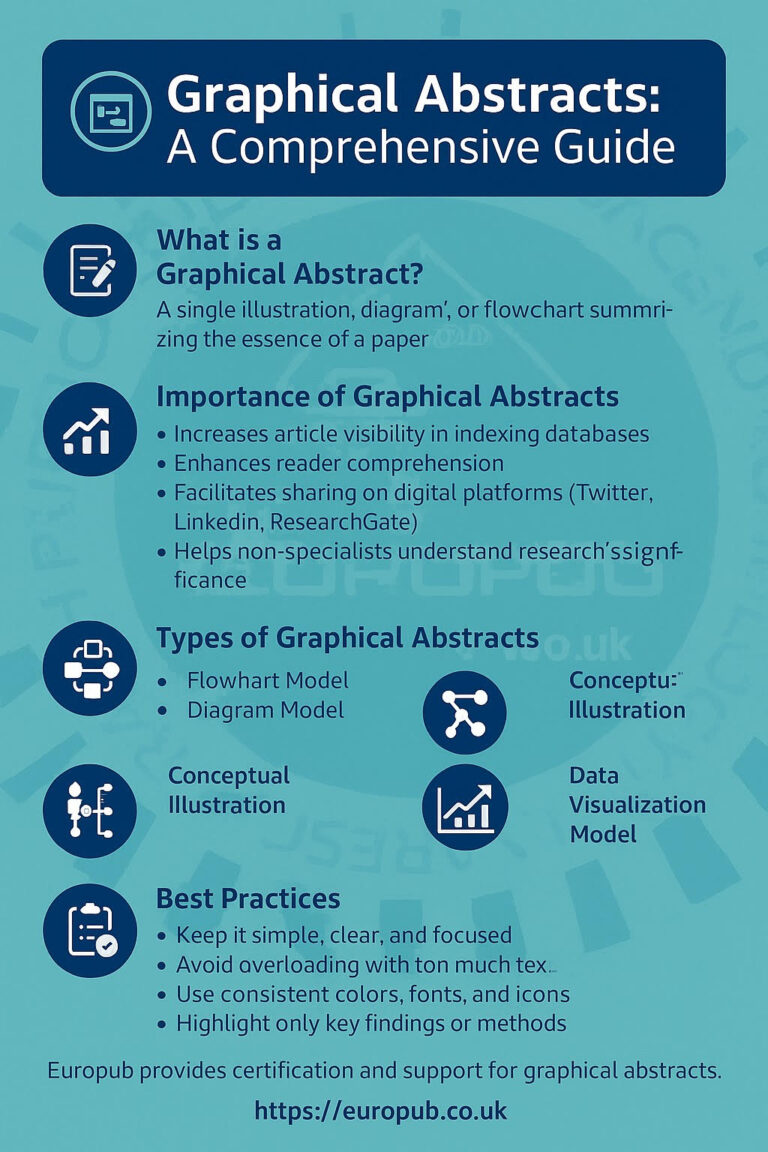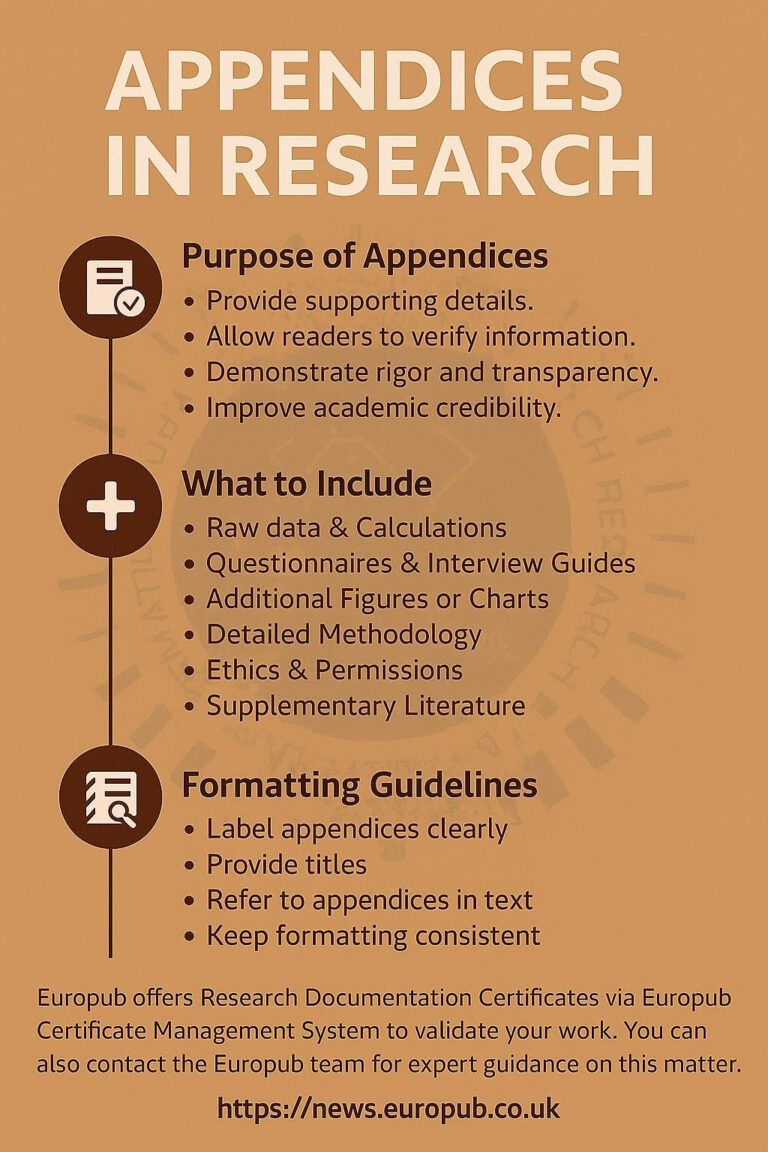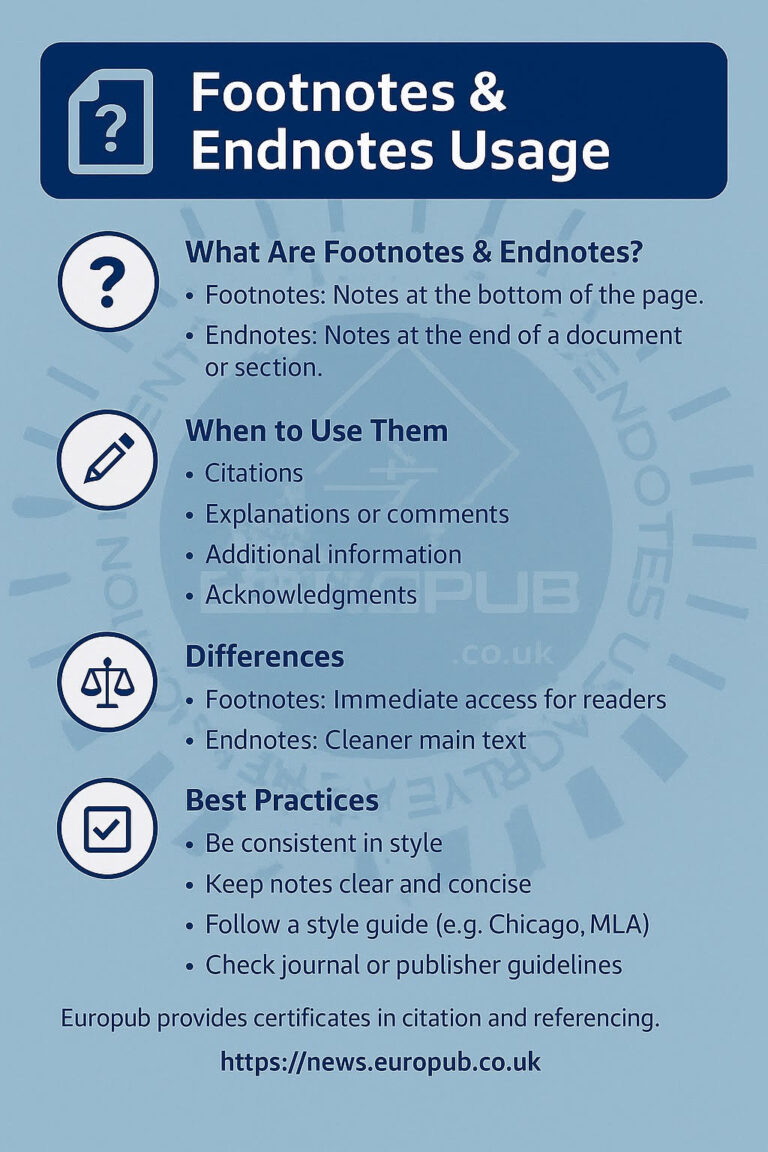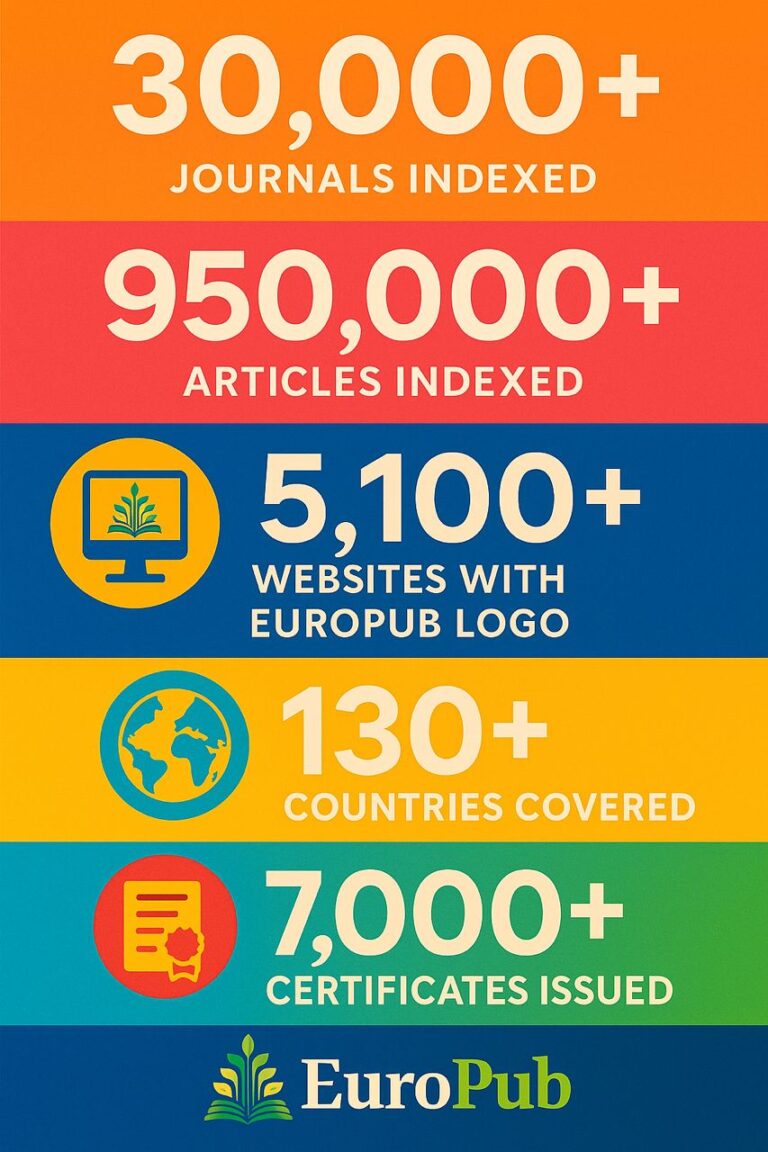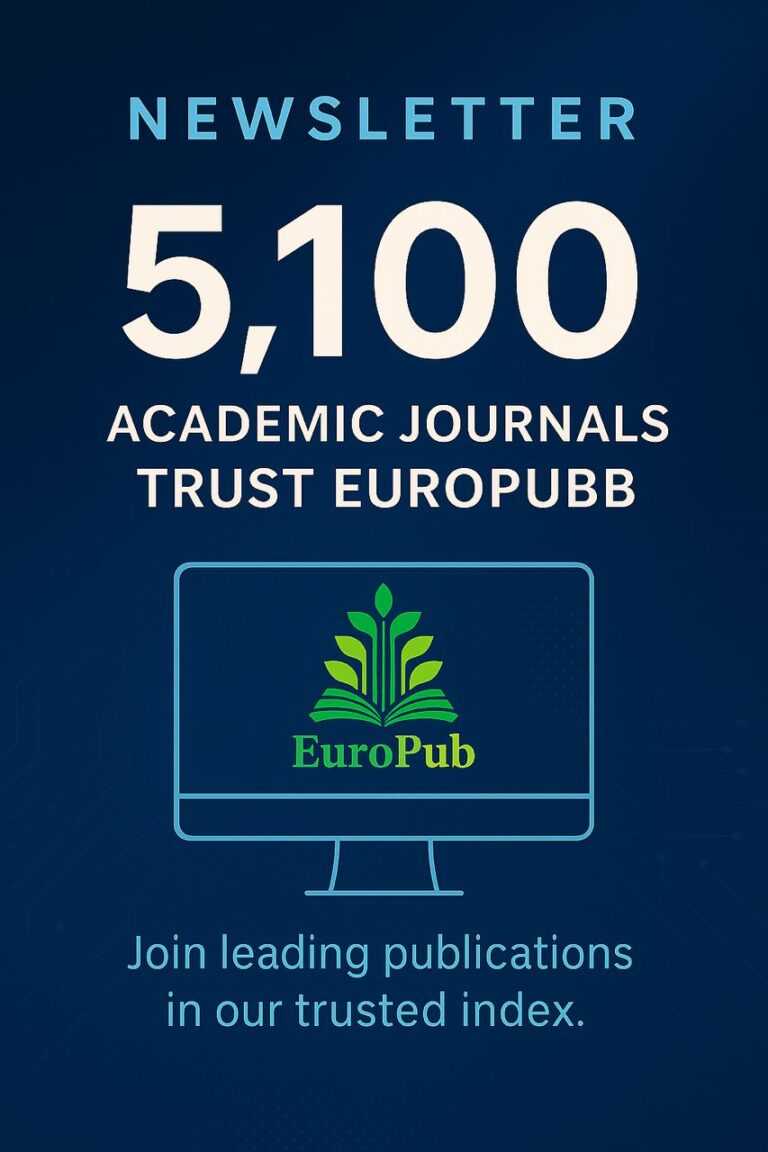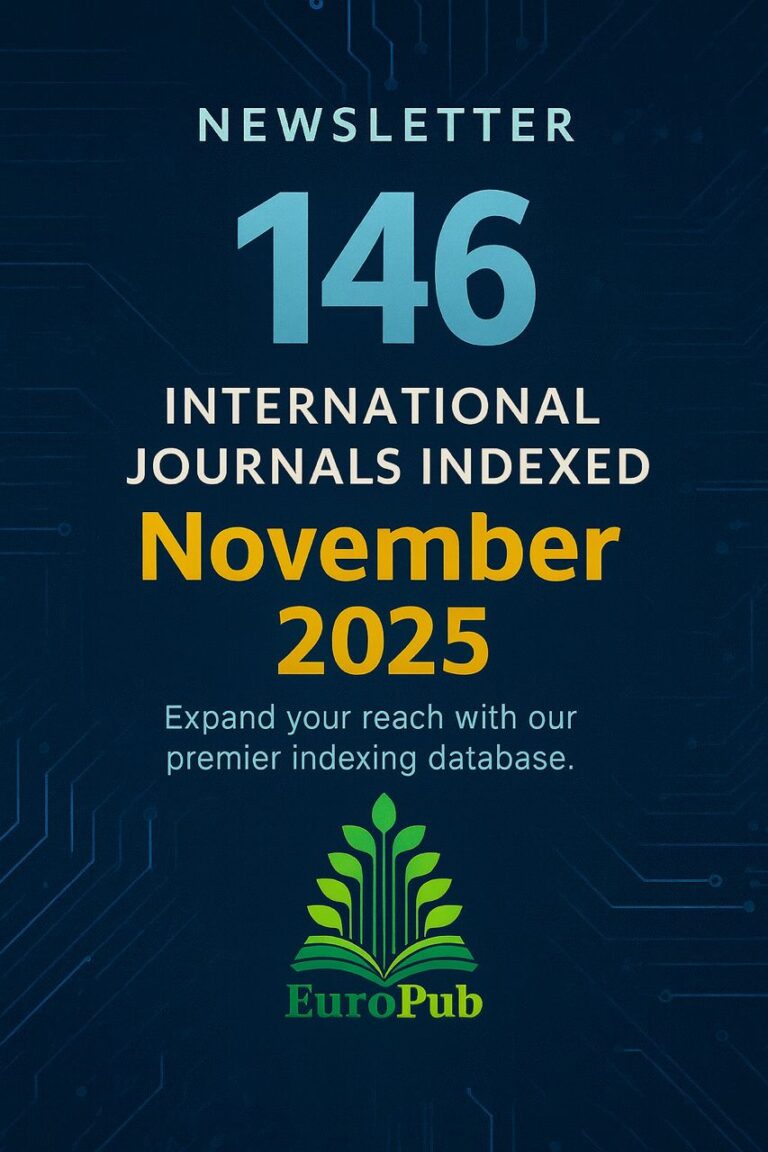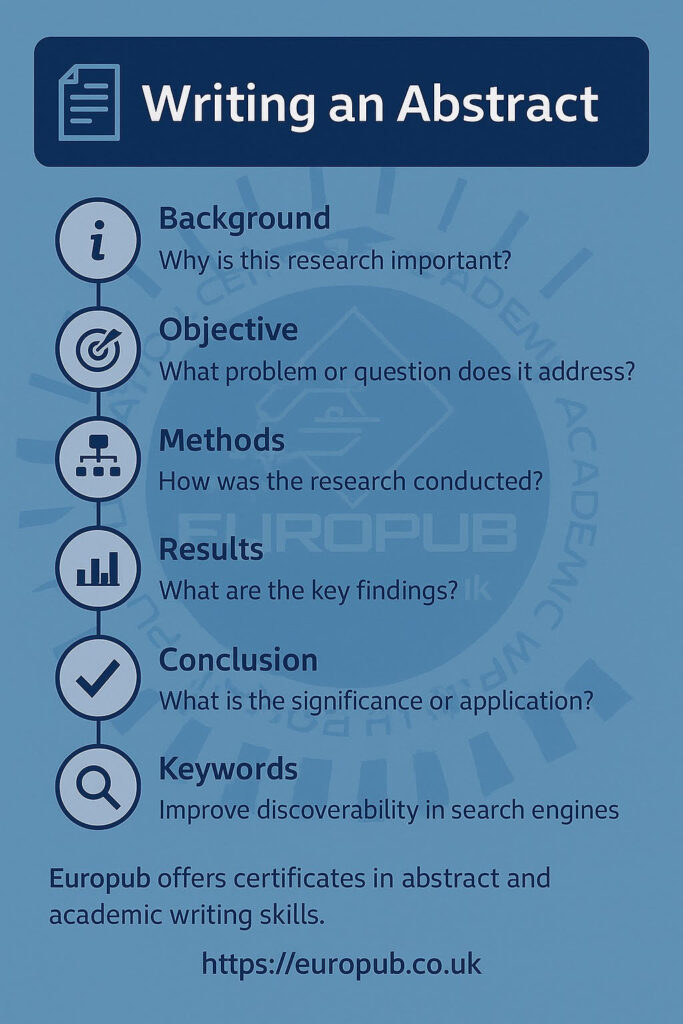
Introduction
An abstract is the first—and sometimes the only—part of your research paper that readers and reviewers will read. It is a brief summary of your research, highlighting the problem, methods, results, and conclusion in a concise format. A well-written abstract increases the visibility, impact, and acceptance chances of your paper in conferences and journals.
In many cases, indexing databases (Scopus, Web of Science, PubMed) use the abstract to determine relevance. Thus, mastering abstract writing is crucial for every academic researcher.
What is an Abstract?
An abstract is a short but comprehensive summary of a research article, thesis, conference paper, or review.
- Length: Usually 150–300 words.
- Structure: Often follows the IMRAD format (Introduction, Methods, Results, and Discussion).
- Placement: Appears at the beginning of the paper.
Types of Abstracts
1. Descriptive Abstract
- Provides a brief overview of the topic and objectives.
- Does not include detailed results.
- Example: Abstracts in humanities papers.
2. Informative Abstract
- Most common in sciences.
- Summarizes objectives, methods, results, and conclusion.
- Example: Abstracts in medical research journals.
3. Structured Abstract
- Divided into sections (Background, Objective, Methods, Results, Conclusion).
- Common in clinical and systematic reviews.
4. Graphical Abstract
- Visual summary (diagram, infographic).
- Increasingly popular in engineering, chemistry, and biomedical sciences.
Components of a Strong Abstract
- Background / Context → Why is this research important?
- Objective / Aim → What problem or question does it address?
- Methods → How was the research conducted?
- Results → What are the key findings?
- Conclusion → What is the significance or application?
- Keywords → Improve discoverability in search engines and databases.
Example of a Good Abstract
Title: The Impact of Online Learning on University Student Performance
Abstract:
This study investigates the effects of online learning on academic performance among university students. Using a stratified random sample of 600 students across five institutions, a mixed-methods approach was applied, combining quantitative surveys with qualitative interviews. Results indicated that online learning improved flexibility and accessibility but revealed challenges in engagement and concentration. Statistical analysis demonstrated a significant correlation between online engagement and exam performance. Findings suggest that universities should adopt hybrid models, combining online tools with face-to-face interactions, to enhance learning outcomes.
Keywords: Online learning, student performance, higher education, mixed methods.
Common Mistakes in Abstract Writing
 Being too vague or too detailed.
Being too vague or too detailed.
 Copy-pasting sentences directly from the paper.
Copy-pasting sentences directly from the paper.
 Ignoring keywords and indexing requirements.
Ignoring keywords and indexing requirements.
 Using abbreviations without explanations.
Using abbreviations without explanations.
 Exceeding or falling short of the word limit.
Exceeding or falling short of the word limit.
Best Practices
 Write the abstract last, after completing your paper.
Write the abstract last, after completing your paper.
 Use clear, simple, and precise language.
Use clear, simple, and precise language.
 Focus on the main findings, not minor details.
Focus on the main findings, not minor details.
 Include keywords relevant to indexing databases.
Include keywords relevant to indexing databases.
 Check journal or conference guidelines before submission.
Check journal or conference guidelines before submission.
Tools and Resources
- Scribbr – How to Write an Abstract
- Elsevier Researcher Academy – Abstract Writing
- Research-Methodology.net – Abstract
Europub Certification & Guidance
Europub provides Certificates in Abstract & Academic Writing Skills via its Certificate Management System:
 Certificate of Excellence in Abstract Writing
Certificate of Excellence in Abstract Writing
 Certificate of Academic Communication
Certificate of Academic Communication
 Certificate of Research Publication Standards
Certificate of Research Publication Standards
 Apply here: https://cms.europub.co.uk
Apply here: https://cms.europub.co.uk
 Main site: https://europub.co.uk
Main site: https://europub.co.uk
 Newsletter: https://news.europub.co.uk
Newsletter: https://news.europub.co.uk
 Researchers can also seek guidance from Europub experts to refine abstracts and increase acceptance chances in top-tier journals and conferences.
Researchers can also seek guidance from Europub experts to refine abstracts and increase acceptance chances in top-tier journals and conferences.
 Frequently Asked Questions (FAQs) on Abstract Writing
Frequently Asked Questions (FAQs) on Abstract Writing
1. How long should an abstract be?
Answer: Typically 150–300 words, but always check the journal/conference guidelines.
 Reference: Scribbr – Abstract Length
Reference: Scribbr – Abstract Length
2. What is the difference between a descriptive and informative abstract?
Answer:
- Descriptive → Summarizes the topic and purpose (no results).
- Informative → Summarizes the study including results and conclusion.
3. Should I include references in an abstract?
Answer:
No. Abstracts should summarize the study only. References are placed in the main text.
4. Can I use technical terms and abbreviations?
Answer:
- Use technical terms if essential.
- Avoid abbreviations unless widely known (e.g., DNA, WHO).
5. Should I write the abstract before or after the paper?
Answer:
It is recommended to write it after finishing your paper so that you can summarize it accurately.
6. Do all journals require keywords after the abstract?
Answer:
Yes, most journals require 3–6 keywords to improve indexing.
7. What is a graphical abstract and when is it used?
Answer:
A graphical abstract is a visual summary (figure, flowchart, or infographic). Common in scientific and technical journals like Elsevier, Wiley, and Springer.
 Reference: Elsevier – Graphical Abstracts
Reference: Elsevier – Graphical Abstracts
Conclusion
Writing an abstract is a skill that combines clarity, conciseness, and precision. A strong abstract not only summarizes the research but also attracts readers, reviewers, and indexers. Europub supports researchers with certification and expert guidance in abstract writing, ensuring global visibility and recognition.
